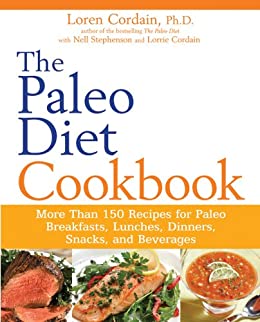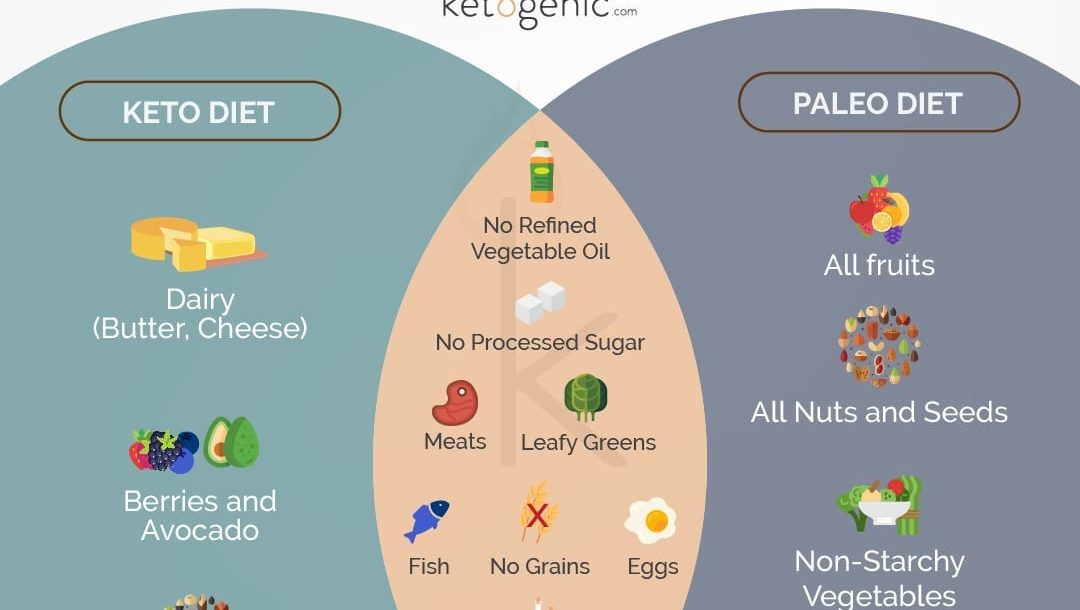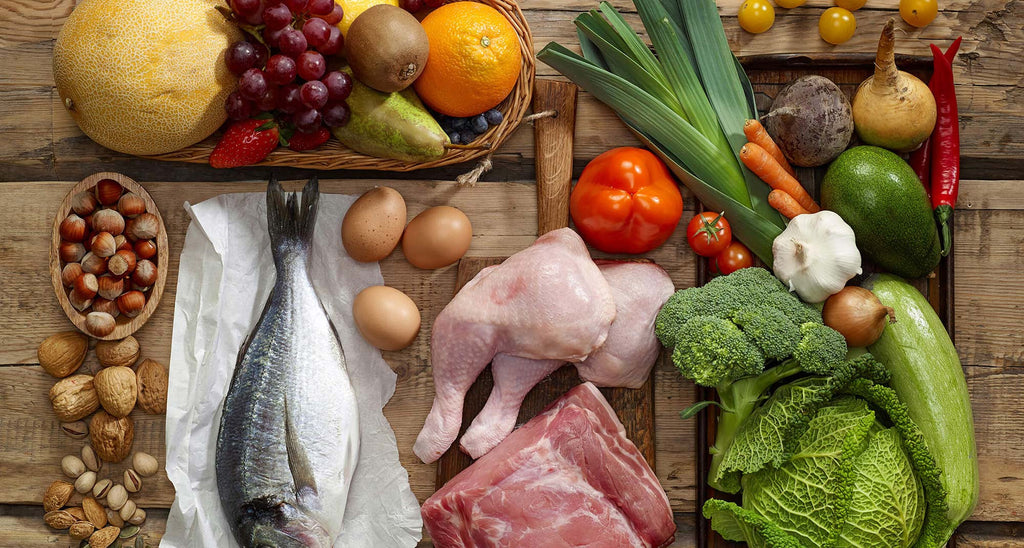
A scientist specializing in nutrition and exercise physiology, Dr. Loren Cordain is a prominent advocate of the Paleolithic diet. The Paleolithic diet is often misunderstood. Let's take a look at some of the myths that surround this diet and see why it is so important to choose healthy foods. Here are some myths that surround this diet.
Dr. Loren Cordain
Dr. Loren cordain is an internationally recognized authority on human development. He's been featured on The New York Times, Wall Street Journal and Dateline NBC. He is the world's leading authority on natural human diet. He has published over 100 peer-reviewed scientific papers about the subject and conducted groundbreaking research into the health benefits associated with eating food from Stone Age ancestors.
Dr. Cordain studies the evolutionary and anthropological basis of diets. His publications focus on the nutritional composition of wild animal and plant foods that early humans ate. He is the world's foremost authority on Paleolithic diets, and has given numerous lectures on the subject. His books on the subject have been widely read and are very popular. Learn more about Dr. Cordain in his biography.
His research

Prof. Loren Cordain's research has uncovered a link between diet and certain diseases of modern civilisation. The diet of Stone Age people had less sodium and potassium, which are associated with modern diseases. The Middle East also had a higher intake of fruits and vegetables. This could be why modern civilisation has some of the most common diseases. What if diet is only part of the problem? Why haven’t more people been eating fruits and vegetables instead?
The Paleo diet, which discourages cereals, whole grains, legumes, dairy, processed food, and vegetable oils, is one of the most popular health movements today. In fact, many researchers have made the same recommendation. Paleo has been proven to be more effective in improving your health and your immune system than traditional diets. Although Dr. Cordain does not claim that humans could live without these foods, the research shows that many people can benefit from them.
His book
This book is essential reading for anyone who wants to learn the science behind Paleolithic food. American scientist Loren Cortain has specialized in nutrition and exercise. His book Eat to Live (the Paleolithic diet) is his first book. Cordain's methods are not popular with everyone, but he is supported by numerous studies.
Loren Cordain is an associate professor at Colorado State University. He is also a world-renowned expert in exercise physiology and nutrition. He has worked with world-renowned scientists to develop the Paleo Diet. This is the first book by one of the founders this trendy diet. The book explains how Paleo Diet transformed our lives. Read it now, and change your diet for good.
His views about nutrition

Dr. Cordain has made a significant contribution to modern health through the science and practice of diet. He holds a PhD in health sciences from the University of Utah. Since 1982, he teaches at Colorado State University. He has been featured in Dateline NBC, the Wall Street Journal, and the New York Times, and he is regarded as one of the world's foremost authorities on natural human diets.
Cordain, a historian of paleolithic foodways, provides valuable insight on the health and benefits of this lifestyle. Paleo was first presented to the world in 1998 by Dr. Boyd Eaton. Since then, it has been one the most popular dietary trends. Dr. Cordain continues to research the diet's health benefits in all ages, including children. He also addresses the importance of legumes, dairy, as well as carbohydrates and reveals the truth about what our bodies were made to eat.
His critics
Criticians of Loren Cordain’s Paleo Diet cite many facts and examples that show this diet is unhealthy. Even though lean beef is rich in protein, it is lacking essential nutrients like calcium, sodium, and folac acid. It also lacks protective nutrients such as vitamin A and omega-3 fat acids.
FAQ
What is the best way to learn to cook?
Cooking can be something everyone should master. You will miss out on great meals if you don't learn how to cook. You must start by finding a recipe you enjoy and following it closely when you learn to cook. Next, practice making small changes until you are comfortable cooking the dish. Next, you can cook for others. This will help you improve at cooking and also allow you to test your skills.
What can I learn about cooking?
There are numerous cooking classes offered across the country. You can find courses in baking, pastry and wine tasting at many schools. You can take a class at your local vocational school or community college if you are interested in learning more about cooking.
Where can you buy high quality kitchen equipment
High-quality kitchen equipment can be purchased online. There are many online shops that sell all sorts of kitchen tools. Be sure to read customer reviews before you buy any kitchen equipment. If you have similar items to purchase, ask your friends and family if they would recommend them.
What equipment do I need to cook?
Cooking doesn't require special equipment. The right tools can make cooking much easier. For example, a knife could be used for pasta making or a whisk would be better than a hand mixer for whipping egg whites to stiff peaks. It makes cooking much easier and quicker.
Statistics
- According to the BLS, chefs earn $58,740 a year. (learnhowtobecome.org)
- The median pay for a chef or head cook is $53,380 per year or $25.66/hour, according to the U.S. Bureau of Labor Statistics (BLS). (learnhowtobecome.org)
- under 10 Kids have been taught that there is special food just for them, and Fiese says that 10 percent of kids will throw a tantrum if they don't get the food they want. (washingtonpost.com)
External Links
How To
How to cook a Steak
The type of meat you are cooking will determine the right method to use. Thicker steaks, for example, are better cooked at low heat while thicker steaks require higher temperatures.
It's important to not overcook the steaks as they will lose their taste. Make sure to remove the steaks from the pan after it is done. This will help you avoid burning your skin.
The size and desired doneness of the steak will affect the cooking time. Here are some general guidelines.
Medium Rare: Cook till medium rare. This is when the internal temperature of the food reaches 145°F (63°C). This can take anywhere from 3 to 5 minutes per side.
Medium: Cook to medium (or until the internal temperature reaches 160degF/71degC). This usually takes only 6 minutes per side.
Cook well until done. That means that the internal temp reaches 180degF (82degC). This normally takes 8 to 12 minutes per side.